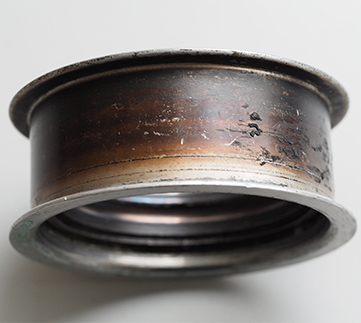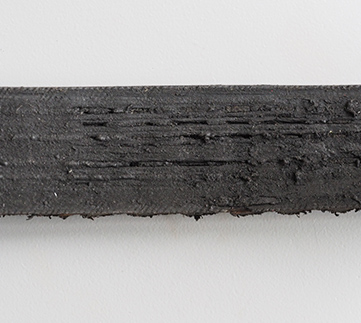Gates is known for its timing belt systems of OE quality. Most of our convenient timing belt kits are also available with water pumps (when the latter are driven by the timing belt). The reason? We strongly believe that, to preserve long-term system performance, timing belt-driven water pumps should always be replaced at the same time as the timing belt. So, our kits with water pumps provide you with a complete repair solution, featuring not only pulleys and tensioners, but also our long-lasting water pump.
The crucial role of water pumps
Water pumps are the most important components of the
cooling system. Every four years (or every 100,000 kilometers), the average water pump handles no less than 1.7 million liters of coolant. It goes without saying, then, that when you change a timing belt, the water pump deserves some attention as well. Most timing belts need replacing every 90,000 to 240,000 kilometers – their exact life span depending on the engine type and/or the belt construction – and we kindly recommend you to replace the water pump while you are at it.
Another reason to replace the water pump at the same time as the belt has to do with the following fact: the installed pump has a certain amount of wear. This ‘worn’ pump gets away with the tension of the old belt, but the new belt will automatically have more tension, possibly leading to pump problems.
Possible water pump failures
Water pumps have their own operating life. After all, the main problem regarding a timing belt system is the overload of all the individual system parts. The excessive load not only damages the timing belt parts but also negatively affects the way the water pump functions. Common water pump failure signs that may indicate this component needs replacing include noise and leakage.
In addition, bearing failure may arise due to the increased strain on the bearing shaft cases which, in turn, can lead to overheating and noise. The water pump may even get stuck and adversely affect the timing belt system. If the water pump gets stuck, the timing belt (which runs on the back of the water pump) will be slipping onto the water pump. The extreme friction will damage the back of the timing belt and overheat the pulleys/bearings. If one of the pulleys is made from plastic, it can melt. Secondly, when the water pump gets stuck in the timing belt system, problems with the tensioner and the idlers are bound to occur. And when tensioners don’t function as they should, expensive engine damage is right around the corner.

Damaged tensioner

Belt with obvious signs of wear
IMPORTANT: create a dynamic seal
When you’ve installed a new water pump, do not immediately put the belt on it. First you have to create a dynamic seal. In order to do that, put some cooling liquid in the system and rotate the water pump by hand at least ten times. This rotation will cause the liquid to enter the pump, forming slowly a dynamic seal between static and dynamic ring. This will prevent premature noise or leakage of the water pump.
Check out this video to learn more: https://youtu.be/W-rGUlkUPEY
If partly filling the system is not possible (e.g. because radiator hoses are disconnected), it is always a good idea to keep the new pump with the impellers upwards, pour some liquid over it and rotate the pulley ten times by hand before installing the pump.
If you do put the belt (tensioned) on a pump without a dynamic seal, the tension of the belt might be enough to create contact between the two metal rings, which can cause damage when you start the engine (because of their dry rotation against each other).
Every new water pump needs this approach!
Prevent costly comebacks
To conclude, imagine you do not change the water pump at the same interval as the timing belt ... This decision – to change the belt now, but not to replace the water pump at the same time – assumes that the water pump will last for another complete duty cycle of the belt. And that is often too optimistic. After 20,000 or 30,000 kilometers (maybe even earlier), the water pump will most likely start to display some of the problems we mentioned above. Your customer is not safe on the road and needs to come in again for a second repair after he had just had a new belt and tensioner installed! Avoid this unpleasant scenario: do the job once, and save time!